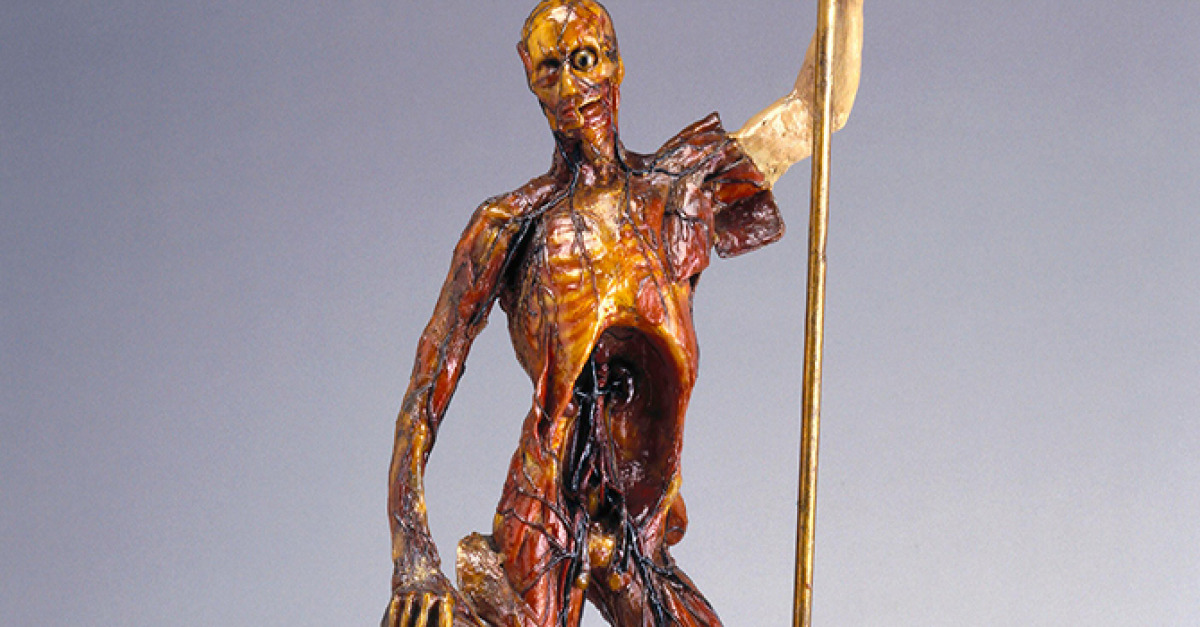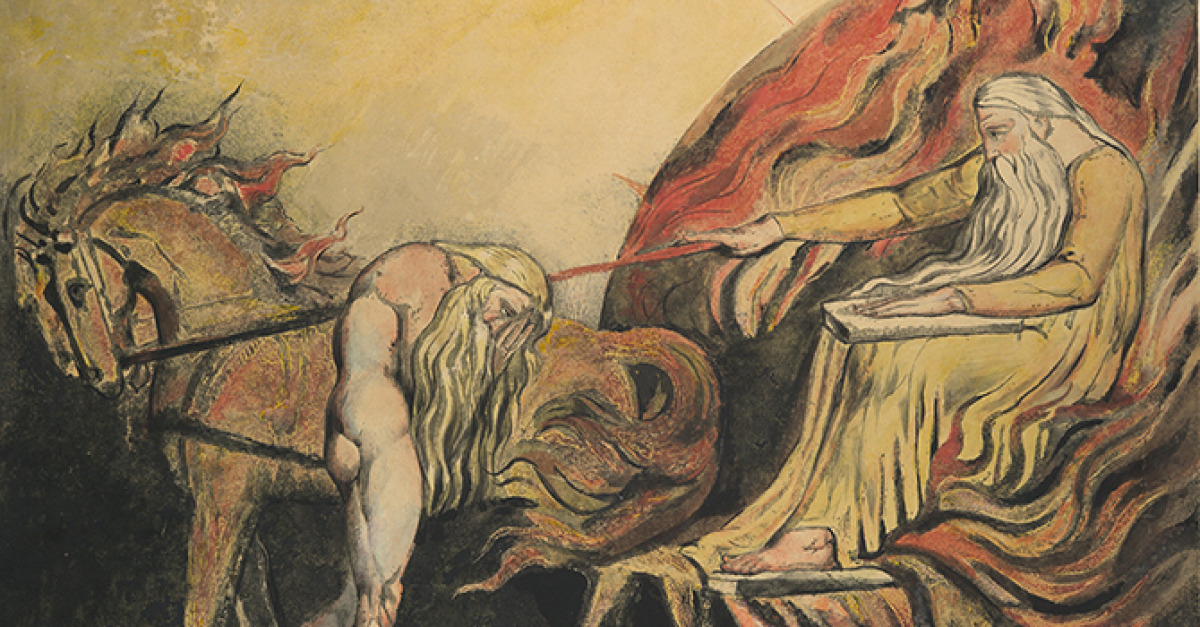
Lapham’s Quarterly
In 1762 Mademoiselle Marie-Marguerite Biheron, expert anatomist, artist, and teacher, sent the Danish king a collection of her perfectly accurate wax models, among them a cross-sectioned heart, a kidney, a liver, an ear, an eye, some bladders, and a set of reproductive organs which included a “carefully confectioned” penis. King Frederick V welcomed the mailing and awarded her a handsome “gratification.” Already in 1759 the Jesuit newspaper Journal de Trévoux had called her work, which she demonstrated that year before the assembled members of the Académie des Sciences, an “anatomical marvel.” Ten years later a disciple of Linnaeus visiting Paris referred to Biheron’s medical exhibit on the rue de la Vieille Estrapade, a must-see for visitors to the capital, as an “anatomical miracle.” And in 1771 Denis Diderot, in a letter to his friend the English firebrand John Wilkes, lauded her useful productions for their “marvelous truth and exactitude.”
Such admiration was echoed by numerous other observers across a broad political, religious, and international spectrum, including the philosophe d’Alembert, Ben Franklin, physician to the British monarchs Sir John Pringle, and the Swiss physiologist Albrecht von Haller. What was it about the “anatomie artificielle” that Biheron fashioned, displayed, and taught with for decades in her private home museum that elicited this kind of wonder?




















/cdn.vox-cdn.com/uploads/chorus_asset/file/25385324/vpavic_20240407_Untitled_Job_11415.jpg)



